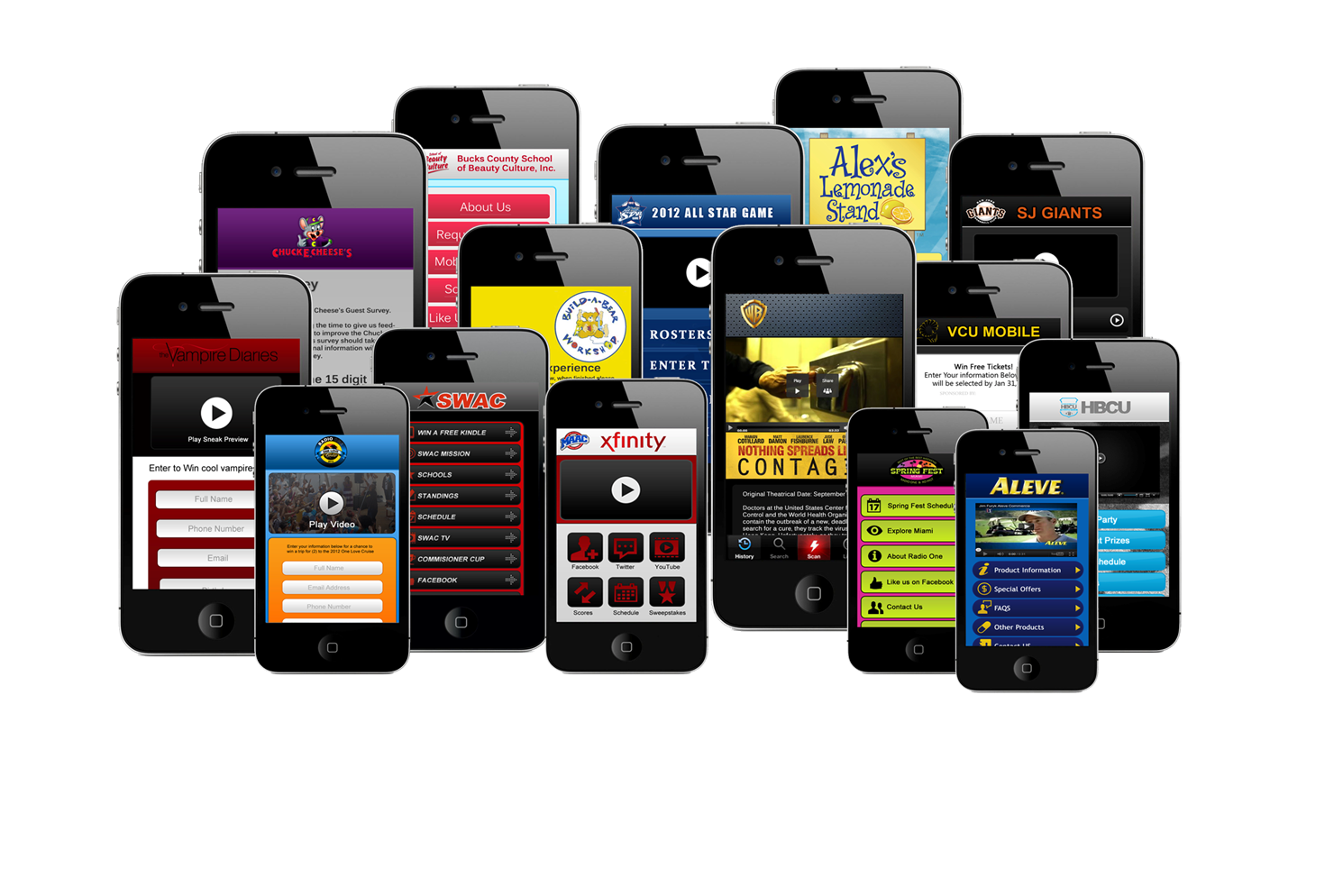In a recent Forbes article, a book, Against the Smart City, was reviewed on its focus on the concept of Smart Cities. The article’s author discussed the perspective and the arguments made by the book. I tended to disagree with the conclusions and left my feedback.
When it comes to Smartphones and their applications to everyday life as well as regional economic development and sustainability applied through some form or platform of intelligent overlays of an urban “Smart Grid”, the book has yet to be written. Too many ideas are still evolving and I would say that all the rules have yet to be tested out and proven, let alone accepted and written.
 CONCEPTS ARE STILL EMERGING
CONCEPTS ARE STILL EMERGING
The revelations brought forth by the book can be easily disputed because we are not at a point where everything that should be developed, has been developed (and applied). In fact, with technology, applications and user creativity running at such an accelerated pace, we may never reach that final point of saying, “Here are the four principles of designing and implementing Smart Cities” or “This is the cookie-cutter approach to Smart Cities”.
As I mentioned in my comment after the article:
It is too early to have any concrete conclusions on how all the elements will be put together for “smart cities” and to make any conclusive judgments at this point is admitting a lack of vision or just a lack of understanding the foundations of what smart buildings and intelligent infrastructure have already incorporated.
There needs to be a work that can be read by all to get everyone on the same page at least from a basic understanding of how these elements are coming together. (Intelligent Buildings go back to the mid-1980s and concepts have been introduced, implemented and modified both in single venue and multi-venue (intelligent business campuses and/or industrial parks) for the last three decades.
Real estate, infrastructure, technology, and regional economic development are all converging and we are still in the early stages where there are no hard-and-fast rules-of-thumb or enough years of data to make hard conclusions on what works and what doesn’t.
What will get implemented, will be real capabilities that either generate revenues or sustain regional areas. The social media tools that have been hyped will disappear – UNLESS they can prove to be some type of catalyst for cross-marketing, operational value, and/or real revenue generation.
With the dynamics of this emerging industry changing and crystallizing on a daily basis, there are NO experts in this “smart city” industry, the best you can be is a good student – always learning.
If some of these pseudo-experts would take that approach, they would be more open to analyzing concepts and new applications to see how the fabric of regional commerce and regional sustainability has become more dependent on technology-driven infrastructure (the Platform for Commerce).
The book criticizes some of the “big picture” views of Smart Cities put forth by some of the large vendors like IBM and CISCO. There is some common ground there as I don’t think any one vendor is going to have the “universal solution” for every city. But from a technologist’s perspective, that has always been the criticism of “new solutions” brought out by a major vendor touting that their solution is the end all.
There are no universal solutions and/or magic bullets that are going to solve everyone’s problems, because problems are not ubiquitous. Customized solutions are going to be the norm and a communications-based cookie-cutter approach to cities and urban planning is just the latest Snake Oil pitch.
This parallels what we (technologists) learned in the Intelligent Building industry – there is no cookie-cutter approach and you have to look at the make-up of the building (the tenant mix) to understand what to apply from a technology perspective. Building and building campuses are just some microcosms of municipalities, so the logic should hold true.
Are there some commonalities across buildings? Of course, but what works in one environment may not work in another.
I have said for several decades that the traditional business advisors, lawyers and accountants, have to be augmented to include technologists. From a building and real estate perspective, we need to include technologists as well.
Why? Because the traditional training and education of architects is too one-dimensional. They are not taught about technology and its impact. What they have gotten has been very superficial or out-of-date.
How many architectural schools are still teaching architects to “figure 5 watts per square foot when designing office buildings”. Or, what about access points for network services? How many buildings are still being built with one access point (the Point of Presence (POP) for all network communications?
That is SO out-of-date and yet that is what they are using. It should be based on the tenant mix, not a universal “rule-of-thumb”.
We are at a critical crossroads where multi-disciplinary skills across several areas are much more important – and relevant – than someone touting traditional one-dimensional expertise.
MANY OFFICE BUILDINGS ARE TECHNOLOGICALLY OBSOLETE
It has been said that one out-of-three enterprise applications are mission critical and that we will soon be at a point where it will be one out-of-two. If that is the case, organizations are building and leasing out-of-date buildings because there is only one access point out of the building to one central office instead of two separate routes to two separate central offices preferably connected to different carriers.
Where is everyone from the many facets of the areas that are converging to question the adequacy of the buildings that all these new app-driven companies are going to reside in? How can you run some super-accelerated business that is totally dependent on the promises of social media, Smartphones, high-speed networks, and the slick market talk of electronic city soothsayers who don’t have a clue on the gut-wrenching realities of networks and applications that fail?
I guess I am too pragmatic and not spewing flowery, picture words about next-generation virtual customer interactions, but before people can start seriously talking about urban computing, interactive mobile media, and intelligent cross-marketing of services through the app interactions of Smartphones and retail/entertainment customer interaction centers, they had better understand the concrete concept of mission critical networks and its related concepts of reliability, redundancy and resiliency to make sure their business isn’t dangling on a single connection to a single central office for 96% of their business.
CARLINI-ISM: When an industry is very fast-paced, there are no experts. Smart strategies should reflect more liquidity than rigidity.

























 Watch this Video on A Better Way To Fight Harmful Free Radicals
Watch this Video on A Better Way To Fight Harmful Free Radicals

Along with building brands there is a rapid increase in down loads.
Paid Downloads. With increased consumption of smart phones there
is a need to get both android and iphone apps as with increasing consumer downloads your business will also grow rapidly.
Arjun – I stand by my comments. I said that we do share some common ground when it comes to questioning one vendor’s “big vision” of what a smart city should be (there is no one single “universal solution””), but as to coming up with the FINAL analysis of everything – it’s way too early in the ball game to be calling final winners and losers.
Maybe the author should go back and read some of my white papers and articles based on years of work and first-hand experience that is not theoretical assumptions.
You really need to read the book, Jim. It’s a lot closer to your POV than you seem to think, and is very well-written to boot. One gets the sense that the author doesn’t suffer fools gladly.